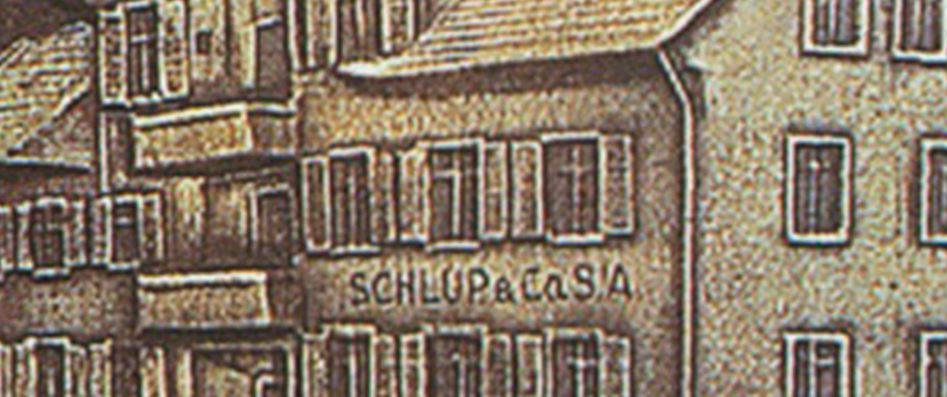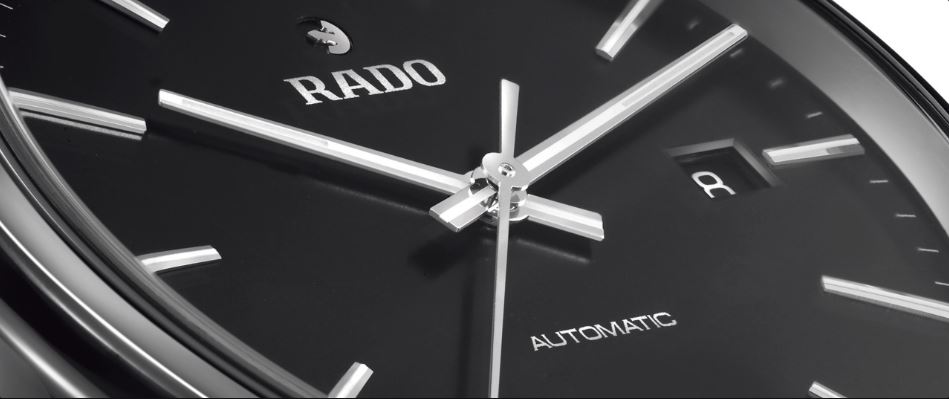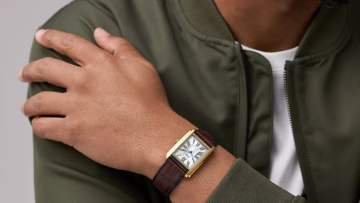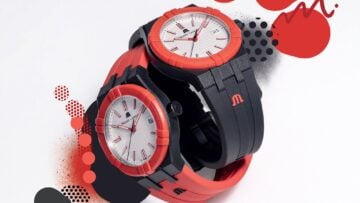Devoted to producing durable and exquisite designs, Rado has become one of the leading luxury Swiss watchmaking companies. A heritage of staying ahead of the curve alongside an aspiration to produce comfortable, safe and high-tech timepieces has guaranteed Rado’s success over the years. The brand’s history of using innovative materials, never seen before in watchmaking, is what makes it truly stand out in the market. Constantly looking for the next breakthrough, Rado has always been able to delight us with every new discovery and leave us eagerly awaiting to see what comes next.
The History of Rado Watches
Rado was first found in 1917 under the name Schlup &Co. by brothers Fritz, Ernst and Werner Schlup. The brothers converted part of their parents home into a watchmaking factory and though slowly at first, they grew and developed their business. Their success was evident and by the end of World War 2, Schlup & Co. had become one of the largest producers of watch movements in the world.

The brand’s first major success was with the Golden Horse collection from 1957. The new collection was one the first to come out under the Rado name. Following in its steps, in 1958 the Green Horse collection was released. It was the first model to be advertised for its water-resistance by Rado. Both these collections pioneered a detail which has been seen in every automatic model to follow, the moving anchor symbol on the dial. The 1950s also brought about international success, with the brand expanding globally and reaching more than 61 countries.
The release of the DiaStar 1 in 1962, marked the beginning of a new era for Rado. The robust model combined cutting-edge materials with a trendy design. The brand pioneered the use of hardmetal and sapphire glass, making the DiaStar 1 the first scratch-resistant Rado watch. This set the precedent for all future Rado designs and started a tradition which has now continued for almost 60 years.
Throughout the next two decades, Rado established themselves as innovators in the realm of watchmaking materials. The 80s saw the brand introduce the Rado Integral, the first model to use high-tech ceramics, a material which became one of its staples. The model also honed not only Rado’s now-signature material but also its distinctive minimalist design.
In the late to mid-90s, Rado perfected the use of high-tech ceramics and pioneered two new materials: cermet, a titanium-based ceramic combined with metal, and plasma high-tech ceramics. The latter allowed the brand to produce a variety of products in a range of different colours with a metallic sheen, suitable for any taste, while still keeping the products hypoallergenic, without any metal. A decade later, to welcome the new millennium, Rado introduced yet another fascinating material high-tech diamonds. The V10K watch was coated in the high-tech diamond making it Rado’s ultimate scratch-resistant model at the time.

Since 2010, Rado has concentrated on simplifying the design of its models and has introduced the ultra-thin collection True Thinline. With timepieces measuring at only 5mm thickness, the brand has started experimenting with dimensions alongside materials and watch features. 2013 saw the brand release the Esenza Touch crownless model.
Materials
Innovation in design and materials has been the driving force behind Rado’s success. With the range of materials it has introduced, the brand has carved its place in horological history. From state-of-the-art high-tech ceramics and high-tech diamonds to the now more conventional sapphire crystal, Rado has always placed an importance on comfort and durability. The brand does not forget the needs of their customers either, evident by the fact that a large part of the materials they use is hypoallergenic and gentle to the skin.

Rado and Tennis
For close to 20 years, Rado has sponsored and been involved in international tennis tournaments. In 2019, the brand was an official timekeeper for 12 events. In tennis, a sport where determination to succeed and perseverance are highly valued, Rado has found a partner. Their precision timing system ensures every tense moment is accounted for and both spectators and players can keep track of the action.
Unwavering in their dedication to modernise, Rado has created a legacy of innovation for itself. By launching and improving on high-tech materials and maintaining the sleek and modern look of their designs, the brand has the unique ability to mould and shape the watchmaking industry to their liking, always staying one step ahead.
If you like the look of Rado then click here to view the collection.





